Snow drifts, blizzards and finishing rock bottom - the story of Halifax Town’s longest season
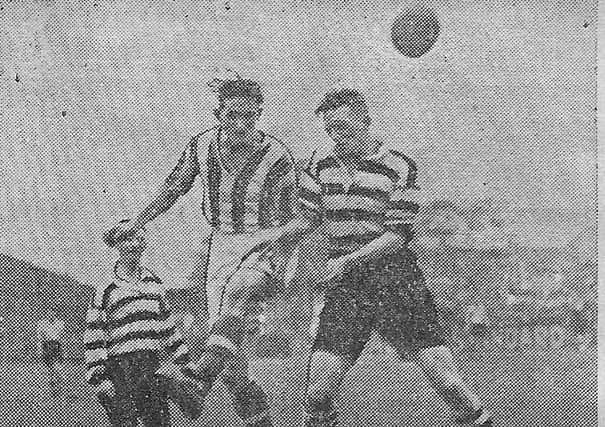

FC Halifax Town should have completed its National League programme on 26 April, optimistically feeling a play-off place would extend their season, with the chance of claiming a place in League Two the prize.
As things stand, the League itself has not come up with any definite plans on how to finish things off, but should they implement the play-offs – behind closed doors in all probability – then the season would be extended far beyond the norm.
Advertisement
Hide AdAdvertisement
Hide AdThis does proffer the question, when was the latest that either FC Halifax Town or the former club finished its regular league programme?
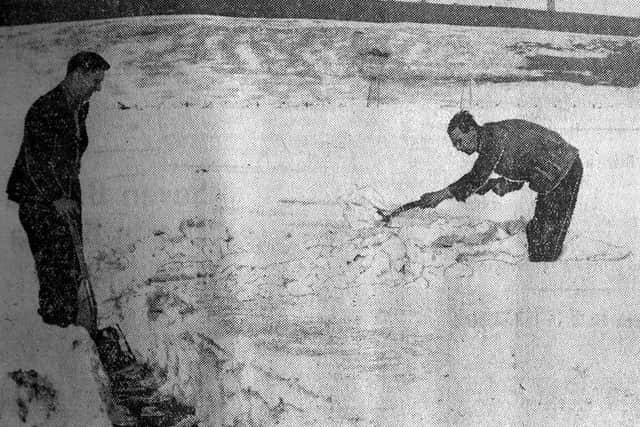

The 1962-63 season was hit hard by a severe winter and Halifax Town didn’t complete its fixtures until 21 May when the side defeated Millwall, and then the final of the West Riding Senior Cup at Bradford still had to be played ten days later.
But for the answer to the question, you have to go back to the 1946-47 season, the first league programme following the end of the Second World War, when Halifax Town concluded its fixtures with a home match as late as 7 June, the season extended due to the icy blast which blanketed the country that February and March.
All-told, it was the grimmest of seasons for Halifax Town, for it was one which saw them finish bottom of the old Third Division (North) for the first time.
Advertisement
Hide AdAdvertisement
Hide AdFounder members in 1921, they had had brief forays challenging near the top over the years of the division but the club was always strapped for cash, and whilst the ultimately abandoned 1939-40 season offered one of hope – the side was unbeaten in its opening three matches before war was declared – when hostilities ceased, Halifax Town struggled more than anyone.
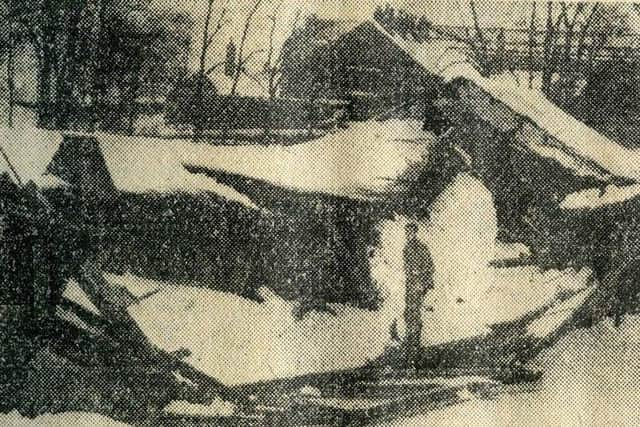

Pre-season optimism soon gave way to concern. Chairman Charles Mattock, a confectioner from Sowerby Bridge, had declared that the club had “built up a fine crowd of young players and look forward to a happy season.”
Manager Jimmy Thomson concurred: “The prospects this season are very favourable. We have youth, build and ability. It is just a question of settling down, working together, knowing each other’s play – in fact, acquiring team work.”
But gone were the likes of Tom Barkas, Ted Widdowfield and Stan Wood, and whilst pre-war favourites such as Bill Allsop and Horace Green remained, Thomson was now pinning his hopes on the likes of newcomers in Jack France, Lance Wrigglesworth, Paddy Quinn and Sammy Waters.
Advertisement
Hide AdAdvertisement
Hide AdHaving opened with a 4-1 defeat at Stockport County and waited until their sixth match before claiming victory, a three-match unbeaten run saw Halifax Town lying thirteenth.
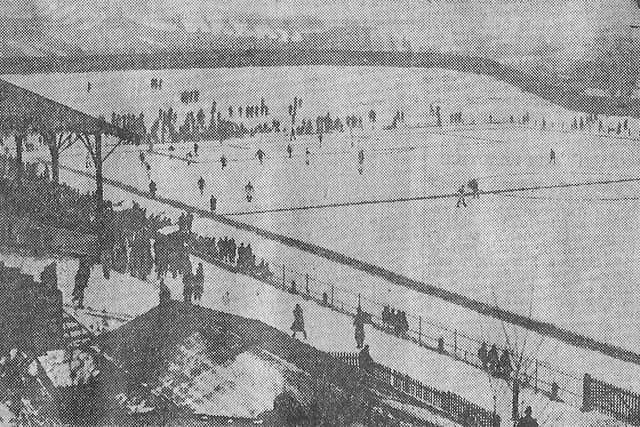

But the side would win only two more league games before Christmas, and the rot had definitely set in by then.
They underwent a miserable run of eleven matches without a win and been hit for six on their travels at both Oldham and Rotherham.
The FA Cup had offered some respite, but having negotiated Barrow in the first round, the side floundered 2-1 in a replay at Stockport, one of the goals conceded from the penalty spot after Jake Ruecroft had caught the ball when seeing the linesman flagging for an infringement.
Advertisement
Hide AdAdvertisement
Hide AdJimmy Thomson had moved to address Town’s precarious position – they slipped to bottom place following the hammering at Rotherham – and had drafted in the likes of Bernard Massey, Walter Burgess – he arrived as a recognised left back but in desperation had been plugged into the centre-forward role, without success – and winger Des Collins.
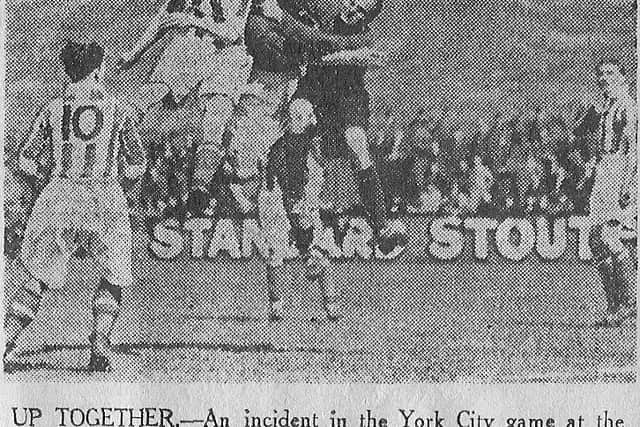

The latest recruit, Stan Fisher from Barnsley, took his place in the side for the visit of runaway leaders Doncaster Rovers on 17 January and against the odds, not only did Town end their depressing sequence of winless matches by pulling off the shock of the season, with Fisher starring, though not scoring, in the sensational 4-2 win.
The home defeat by New Brighton a fortnight later was more in keeping with the rest of the season, but then the snow arrived.
It was so bad that Halifax Town didn’t play another home match for fully two months as the nation suffered one of its worst winters on record.
Advertisement
Hide AdAdvertisement
Hide AdSnow drifts over ten feet high were not uncommon as the Arctic blast played havoc with the football fixtures, whilst at The Shay the snow was so thick that the weight of it forced the collapse of the supporters’ hut at the Shaw Hill end of the ground.
Scheduled home matches with Hull City, Hartlepools United – here it was said that snow lay two-and-a-half feet deep in places on the pitch – and Lincoln City all fell foul of the weather, and though the side managed to get in games at Carlisle United, Crewe Alexandra, where they played in a blizzard, and Southport, they lost the lot, crashing 6-1 in the last of these.
There was some sense of relief when Town picked up a point at Accrington Stanley on Good Friday, 4 April, and the side finally staged a home game the following day when Rotherham United visited.
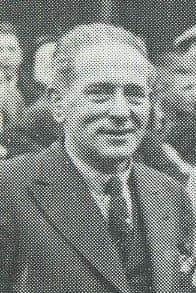

Town looked to have held out for another point in a 2-2 draw until Allsop’s unfortunate last minute own goal handed the Millers victory.
Advertisement
Hide AdAdvertisement
Hide AdTown had been originally scheduled to complete their fixtures on 26 April at Tranmere Rovers – that game went ahead as normal – but there were still six more games left to play, and though they won two of them, consecutively over Darlington and Hull, a re-election application was confirmed with three matches left to play, and when they concluded their programme with the home game with Lincoln, they were already confirmed wooden-spoonists, three points adrift of Southport, the club immediately above them.
Frustrating till the end, Town surrendered the lead to the Imps and eventually lost 3-2.
Five days later, Jimmy Thomson, who had been at the helm since 1936, resigned, admitting, “It has been a hard struggle for several years,” and chairman Mattock prepared his begging letter when seeking support of other clubs: “We are as well placed financially as many clubs in the Third Division and we have financial backing to call upon if we find it necessary. Given a fair chance, we shall not be troubling you again for some considerable time.”
His letter did the trick, Halifax Town were readmitted, but were back cap in hand 12 months later.
Comment Guidelines
National World encourages reader discussion on our stories. User feedback, insights and back-and-forth exchanges add a rich layer of context to reporting. Please review our Community Guidelines before commenting.